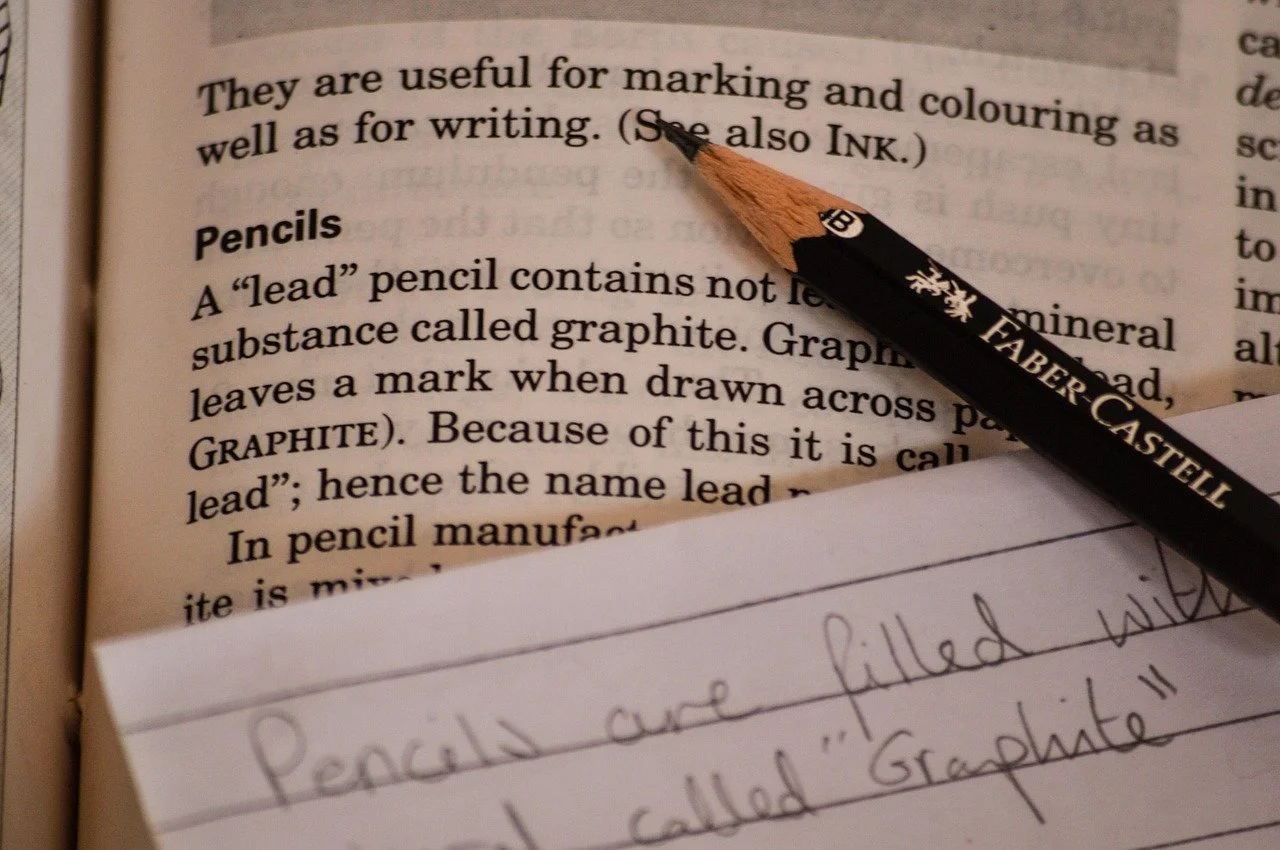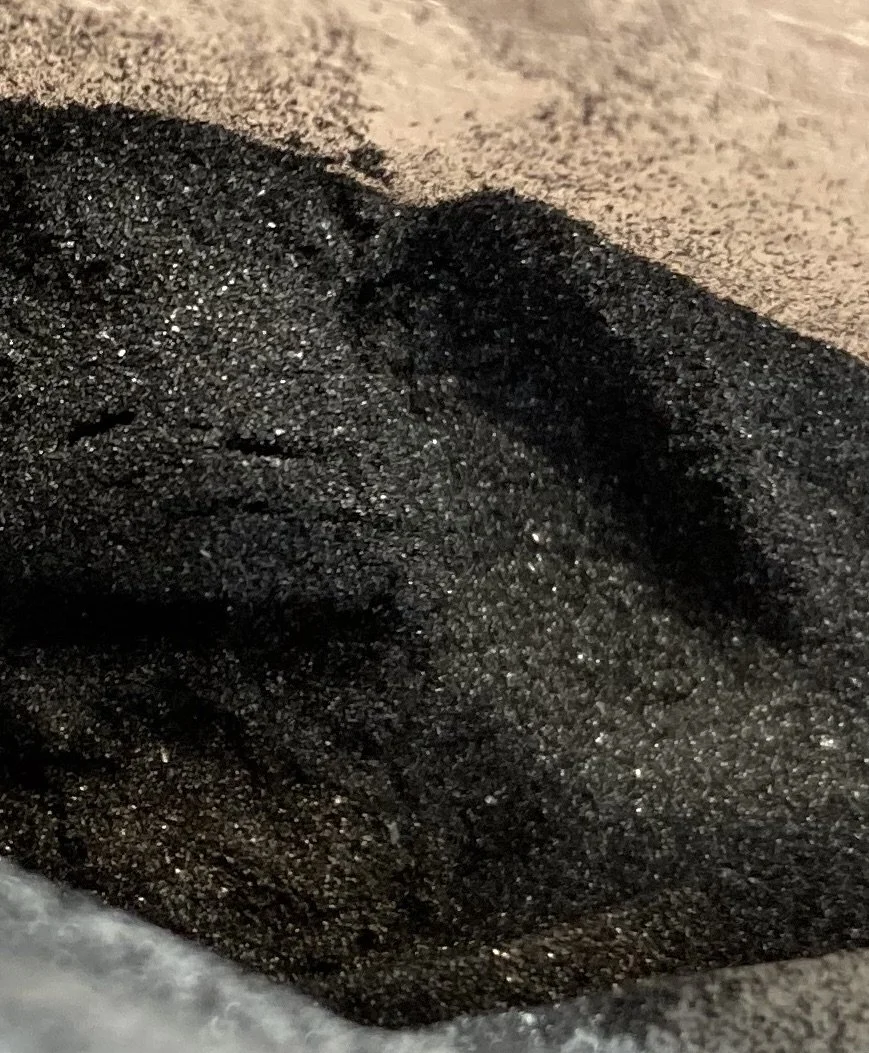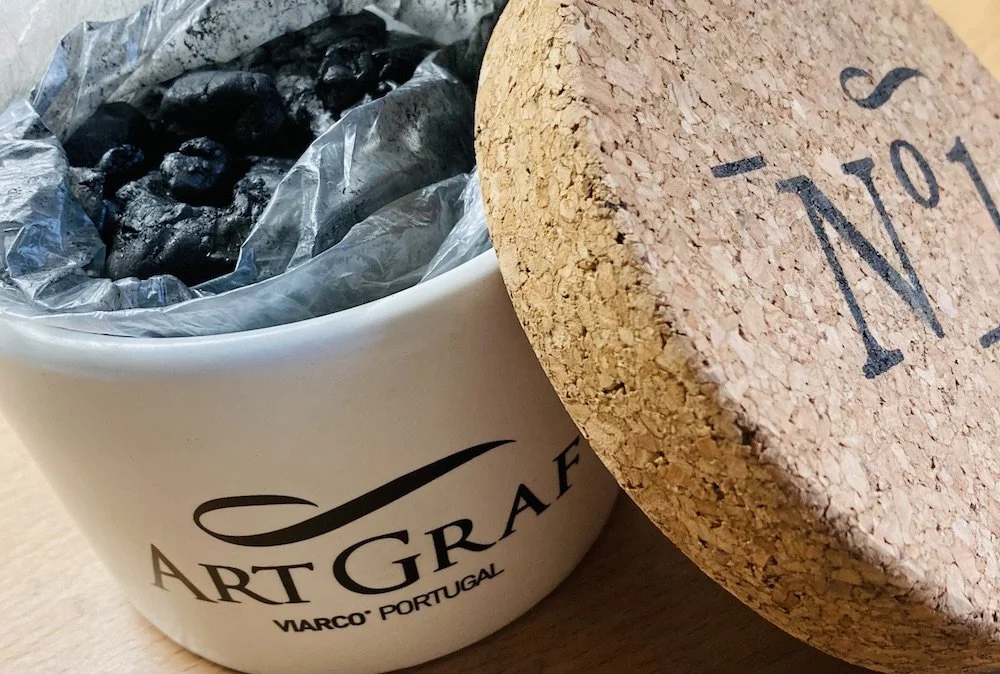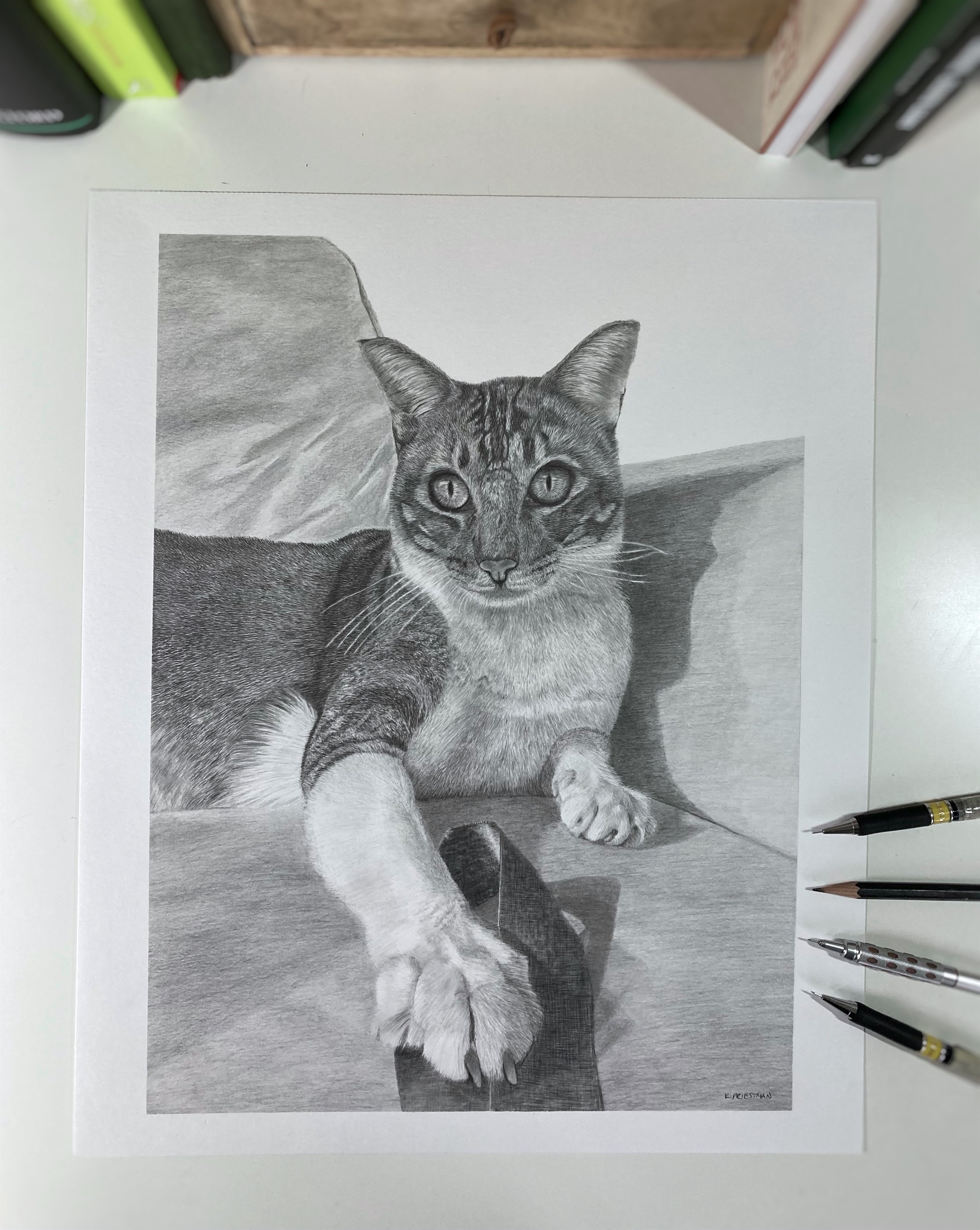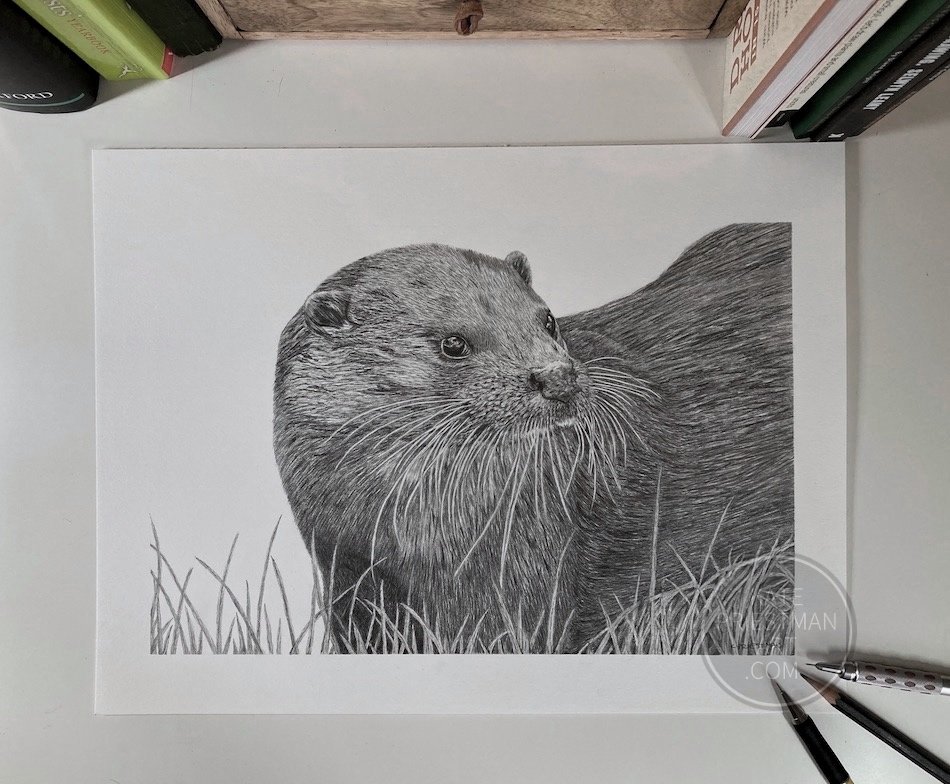Types of graphite for artists
If you think that graphite is restricted to the humble wood-cased pencil, familiar to most since childhood, think again. In this blog post I take a closer look at the main types of graphite for artists in terms of their different forms and applications.
However, before we go any further, let’s pause to answer the following question:
What is graphite?
Graphite deposits are essentially crystalline forms of carbon (not lead!). Graphite was thought to have been discovered in the 1500’s in Cumberland (now known as Cumbria).
Modern graphite is mixed with varying quantities of clay and then fired in a kiln to modify its hardness.
Now that we’re clearer on what graphite actually is, let’s take a look at some of the forms of graphite that are available for artists, starting with the wood-cased pencil.
Wood-cased pencils
The traditional wood-casing around a graphite core is a convenient way to house graphite rods, making them practical for use and protecting the fragile graphite within.
As well as the more familiar wood-cased graphite pencils that are typically available from 9H to 9B, other forms of graphite can now be purchased in pencil form, such as tinted graphite, which is supplied in a variety of subtle colours (far left of the photograph); water-soluble graphite, which creates a water-colour effect when wet (third and fourth from the left); and relatively new matt graphite, which provides dark tones of graphite without the sheen that graphite often leaves on the paper (far right of the photograph).
Wood cased pencils allow the artist to exert a lot of control over the graphite application in their work. The range of hardness allows for control of tone and the tip can be sharpened to a point for fine work, blunted for softer results or planed to a chisel tip, as required.
Graphite cores & blocks
Graphite is also available as a solid core or block, without any casing. This type of graphite can vary in thickness from very fine cores which fit into mechanical pencils (far left of the photograph) to much thicker cores that can fit into clutch pencils or larger, chunky sticks of graphite that are used without any casing at all.
The thicker graphite cores usually have to be sharpened with a special pencil sharpener, a blade or even sand paper, rather than a traditional pencil sharpener.
Graphite cores and blocks offer unique flexibility for the artist in terms of mark making. Large, soft blocks can be used for expressive, broad mark making and can be built up to achieve dark tones; whereas rods and sticks of graphite can be used flat to cover large areas, or be used to create lines of differing thickness.
Graphite powder
Graphite can also be purchased in powdered form. This very fine powder can be applied using a brush or a sponge and creates a soft, even layer of graphite that can be subtlety darkened in tone by applying more layers.
Graphite powder is great for creating a base for other types of graphite to be applied to, or for creating atmosphere and background to artwork.
More unusual forms of graphite
Innovations in graphite types for artists are varied; one of which is a kneadable or putty form of graphite which comprises the impregnation of a malleable (usually) clay-based medium with graphite. This type of graphite can be used with different amounts of water to create different depths of tone. It is a very tactile form of graphite that is moulded as desired to create the textures and mark making that is required by the artist.
Another form of graphite that is less well-known is in liquid or fluid form. The product can be applied with a brush, or other tool such as a nib, and water can be added to it for the desired finish and consistency.
An advantage of kneadable and liquid graphite is that they can be used to cover large areas relatively quickly and they tend not to smudge. They also allow the artist to play around with the application of the product in terms of the tools used and the consistency of the product.
The drawings above were created using a variety of types of graphite. The soft background effects in the stork and barn owl drawings were created using powdered graphite; the cat portrait used a combination of fine core graphite used in mechanical pencils and wood-cased graphite pencils; whilst the otter drawing was largely created with fine core graphite held in mechanical pencils.
I hope that you have enjoyed this closer look at the types of graphite for artists. It is the versatility of the medium that I love when using graphite in my own artwork – from dreamy, atmospheric scenes to full-on, crisp detail, there is always something new to discover about the effects that graphite can produce. For me, using this seemingly simple medium is a passion and I hope that this blog post has opened your eyes a little to the many forms of graphite and its use in art.
If you’d like to check out any of the products I’ve covered in this article, I’ve provided a list with links below*. You may also be interested in my tutorials: Basic Techniques for Graphite Drawing and Materials for drawing with graphite.
*Please note that I am a member of Jackson’s Art affiliate scheme. I joined the scheme because having had firsthand experience of being one of their customers, I am happy to recommend this online art store to others. Being an affiliate means that I occasionally generate a small amount of revenue through affiliate marketing. This means that if you click a product link on my website and buy something, I may receive a small commission from the store as a thank you for referring you. It doesn’t cost you anything or alter the amount that you pay for a product.

